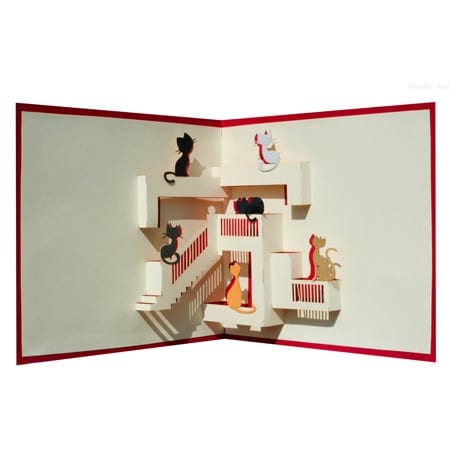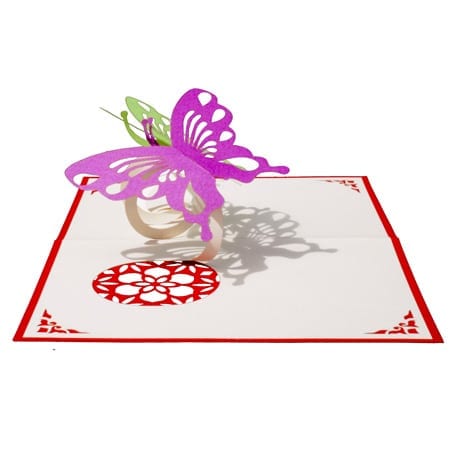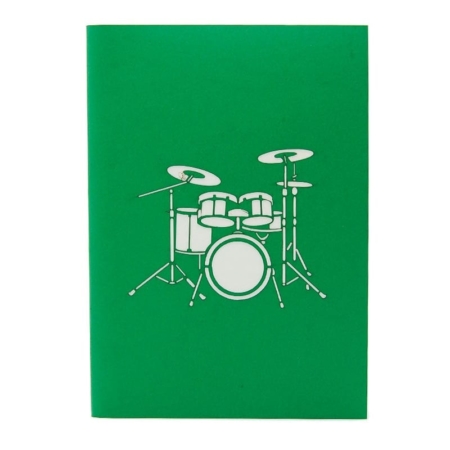Description
In its early days Le Chat Noir (The Black Cat) cabaret was the most exciting place to be for an emerging artist. The entertainment was totally spontaneous and chaotic. Poets, writers, musicians and singers would jump to their feet and perform for their peers, receiving instant and sometimes sarcastic feedback on their work. It was what we would today call an “open stage.” Although their critics could be harsh, performers and artists learned much from their peers, and were encouraged and nurtured respectfully. Some great talents emerged.
Imagine it is November 18, 1881, and you are standing at a Parisian doorway in the cold of night. You hear a commotion in the distance and the sound of drunken singing. Flames light the sky. A torch-lit procession is heading your way! At its head is a burly Swiss Guard in full regalia, wearing a rather splendid plumed hat and holding a sword; in tow are a band of young men celebrating with wine and song.
You are witnessing the birth of the most famous cabaret in Paris, Le Chat Noir.
This cards honors the first modern Cabaret. Opened in 1881 in the bohemian Montmartre district of Paris by impresario Rodolphe Salis, Le Chat Noir was a nightclub where the patrons could sit at tables with alcoholic drinks and enjoy variety acts on a stage, introduced by a master of ceremonies who interacted with the audience.
Guests were greeted by a Swiss guard, splendidly bedecked and covered with gold from head to foot, supposedly responsible for bringing in painters and poets, while barring the “infamous priests and the military.”
Is there a more iconic image of Le Belle Epoque? One that as successfully conjures up fin-de-siècle Paris, and visions of clandestine cabarets and bohemian salons, of showgirls and absinthe and radical thinkers of the era?
Rodolphe Salis was an eccentric showman. His fondness for processions continued. He once greeted his patrons at the door with the announcement of his own death, and went on to lead his funeral procession through the streets of Montmartre to drum up publicity.
The Swiss Guard became a permanent fixture, and the interior was flamboyantly decorated with a mish-mash of heavy antique furniture, lamps and paintings, to give a Louis XIII ambience. Performers were never paid, except in free beer and absinthe. Some regulars became disgruntled about the emphasis on commerce over art.
The writers in the club wrote the plays, Salis the showman narrated them, and the whole of Paris was entranced.
The emcees were notoriously rude to their guests, insulting them if they left early and banishing them to a corner if they arrived late.
See also: Birdland Jazz Club
The Black Cat Fun facts:
A poster of Le Chat Noir was in the movie Breakfast at Tiffany’s hanging on the wall over the staircase.
Le Chat Noir is the name of the nightclub where Frank Sinatra and Natalie Wood rekindle their relationship, in the 1958 movie Kings Go Forth. There is also the famous cat painting with blinking eyes on the entrance wall.
A Le Chat Noir painting is a background piece in the movie The Secret Life of Pets.
The poster is seen hanging in the bedroom of Claire Carlin in the 2020 film The King of Staten Island.






































